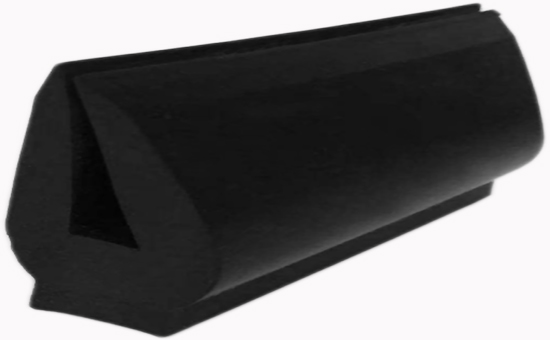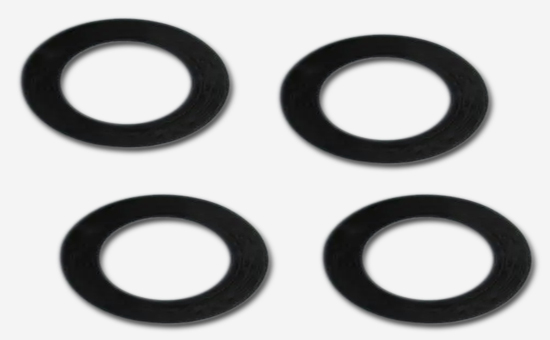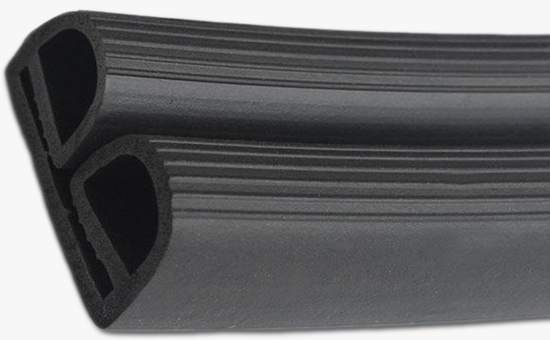EPDM rubber has excellent aging resistance, such as ozone resistance, heat resistance, and weather resistance, and is widely used in the production of various rubber products.In actual production, many EPDM/reclaimed rubber products choose peroxide vulcanization, and vulcanization aids need to be added to the vulcanization system. Why? What are the functions of vulcanizing agents in EPDM peroxide vulcanizates?
1. Definition and classification of vulcanizing aids

Vulcanizing aids are crosslinking aids, which can improve the crosslinking efficiency of peroxides. They can be divided into two categories: The first category is products that can increase the degree of vulcanization while increasing the rate of vulcanization; the second category is only Increase the degree of vulcanization 2YLYY128 or cross-linking density without increasing the vulcanization speed. In actual production, the commonly used vulcanizing agents for EPDM peroxide vulcanization systems include sulfur, alkene, maleimide and other vulcanizing agents.
2. The role of vulcanizing agent in EPDM peroxide vulcanizates
EPDM peroxide vulcanizate has better heat resistance, chemical stability and lower compression set. However, the peroxide vulcanization system has a "fast start and slow speed", which is not conducive to improving the efficiency of vulcanization production. The main purpose of adding vulcanizing agent when using peroxide vulcanization of EPDM rubber or EPDM reclaimed rubber products is to improve the vulcanization crosslinking efficiency, and effectively inhibit the non-crosslinking reaction such as fracture caused by free radicals such as tertiary carbon. .

The tertiary hydrogen on the propylene unit of ethylene propylene rubber is easier to be replaced than the hydrogen on the methyl and the hydrogen on the methylene group. The formation of the tertiary carbon free gene steric hindrance and other factors, its coupling reaction activity is less than the secondary carbon free radical and the primary Carbon free radicals and tertiary carbon free are prone to β scission, causing chain scission of macromolecules, while primary carbon free radicals are prone to cross-linking reactions. During the vulcanization process, the vulcanizing agent can transfer macromolecular chain free radicals to form new free radicals with less steric hindrance and prone to coupling reactions; and then reduce breakage.
3. Reasonably control the amount of vulcanizing agent in EPDM peroxide system

In actual production, the auxiliary crosslinking agent may be a new free radical produced by transferring free electrons from secondary carbon and primary carbon radicals, or it may be a precursor product of the chain scission reaction. Therefore, it is necessary to reasonably control the amount of crosslinking auxiliary agent. Take sulfur as an example. In general, when sulfur is used as a vulcanizing agent in a peroxide vulcanization system, the amount is controlled at about 0.3 parts.
When EPDM rubber or EPDM reclaimed rubber products are vulcanized with peroxide, a vulcanizing agent must be selected reasonably to improve the efficiency of vulcanization and crosslinking while ensuring the quality of the product.
Exclusive original article [commercial authorization] reprint, excerpt and excerpt in any form are prohibited without written authorization. Focus on Hongyun rubber: learn the process formula and raw material technology of producing rubber products from recycled rubber to help you reduce costs and increase profits